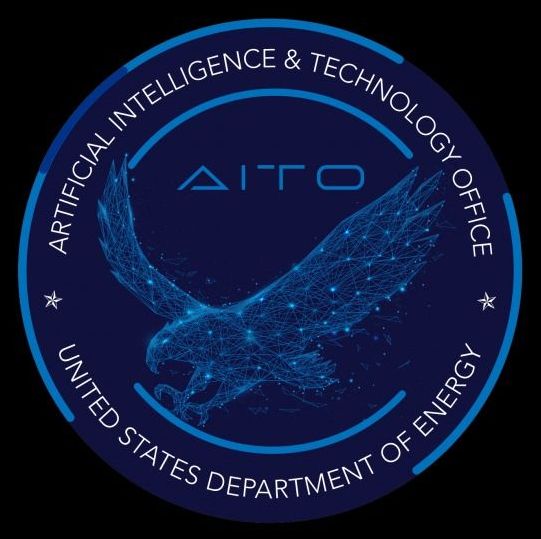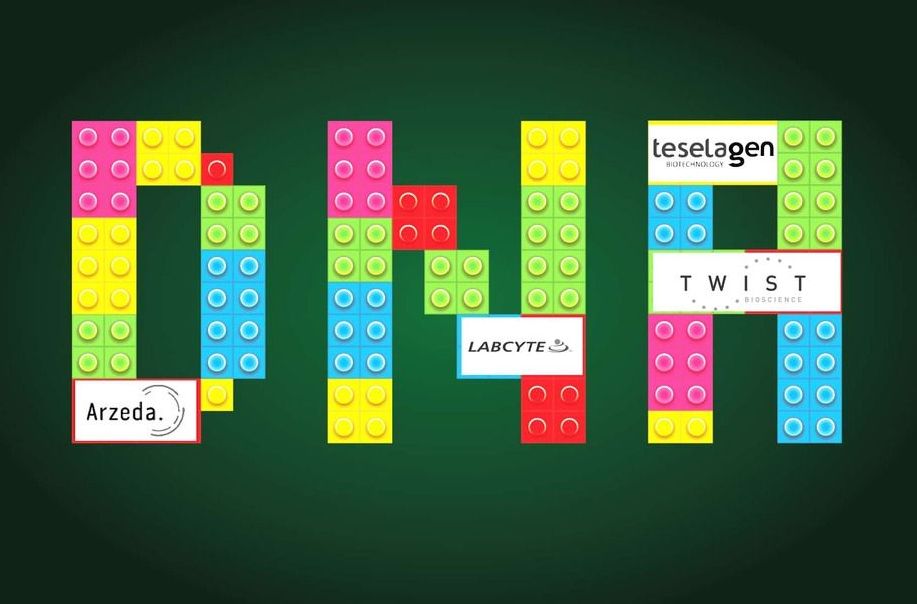Researchers from SLAC and around the world increasingly use machine learning to handle Big Data produced in modern experiments and to study some of the most fundamental properties of the universe (Symmetry magazine).



WASHINGTON, D.C.-Today, U.S. Secretary of Energy Rick Perry announced the establishment of the DOE Artificial Intelligence and Technology Office (AITO). The Secretary has established the office to serve as the coordinating hub for the work being done across the DOE enterprise in Artificial Intelligence. This action has been taken as part of the President’s call for a national AI strategy to ensure AI technologies are developed to positively impact the lives of Americans.
DOE-fueled AI is already being used to strengthen our national security and cybersecurity, improve grid resilience, increase environmental sustainability, enable smarter cities, improve water resource management, as well as speed the discovery of new materials and compounds, and further the understanding, prediction, and treatment of disease. DOE’s National Labs are home to four of the top ten fastest supercomputers in the world, and we’re currently building three next-generation, exascale machines, which will be even faster and more AI-capable computers.
“The world is in the midst of the Golden Age of AI, and DOE’s world class scientific and computing capabilities will be critical to securing America’s dominance in this field,” said Secretary Perry. “This new office housed within the Department of Energy will concentrate our existing efforts while also facilitating partnerships and access to federal data, models and high performance computing resources for America’s AI researchers. Its mission will be to elevate, accelerate and expand DOE’s transformative work to accelerate America’s progress in AI for years to come.”

Aristo has passed an American eighth grade science test. If you are told Aristo is an earnest kid who loves to read all he can about Faraday and plays the drums you will say so what, big deal.
Aristo, though, is an artificial intelligence program and scientists would like the world to know this is a big deal, as “a benchmark in AI development,” as Melissa Locker called it in Fast Company.
We mean, just think about it. Cade Metz, in The New York Times, has thought about it. “Four years ago, more than 700 computer scientists competed in a contest to build artificial intelligence that could pass an eighth-grade science test. There was $80,000 in prize money on the line. They all flunked. Even the most sophisticated system couldn’t do better than 60% on the test. AI couldn’t match the language and logic skills that students are expected to have when they enter high school.”

NEW YORK (Reuters Health) — A convolutional neural network trained through deep learning can accurately predict a person’s age and gender using only standard 12-lead ECG signals, researchers report.
“Our standard diagnostic tools may have far more information behind them than we’ve come to expect throughout standard approaches to diagnostic interpretation,” said Dr. Suraj Kapa from Mayo Clinic College of Medicine, in Rochester, Minnesota.
“Between this study and other prior studies showing that we can predict likelihood of having atrial fibrillation from a normal sinus ECG or the presence of a low ejection fraction, AI-enabled ECG analysis may offer new, rapid, and cost-effective insights into human health well beyond what we could have anticipated in the last two centuries since the ECG was first developed,” he told Reuters Health by email.


Instant Bestseller on Amazon, this new book is a collection of remarkable essays on our near future with AI, cybernetics, transhumanism, the Simulation Hypothesis, the Technological Singularity, the emergence of the Global Mind, and corresponding philosophical issues. Written by Alex M. Vikoulov; Foreword by Antonin Tuynman, PhD; Publisher: Ecstadelic Media Group; Publication Date: September 1, 2019; Format: Kindle eBook; Print Book Length: 245 pages; ISBN: 9781733426107; Price: $9.99.
Ecstadelic Media Group releases a new non-fiction book The Intelligence Supernova: Essays on Cybernetic Transhumanism, The Simulation Singularity & The Syntellect Emergence. Written by Alex M. Vikoulov; Foreword by Antonin Tuynman PhD; Format: Kindle eBook (Press Release, San Francisco, CA, USA, September 3, 2019 11.00 AM PST)

Tomorrow’s wars will be faster, more high-tech, and less human than ever before. Welcome to a new era of machine-driven warfare.
W allops Island —a remote, marshy spit of land along the eastern shore of Virginia, near a famed national refuge for horses—is mostly known as a launch site for government and private rockets. But it also makes for a perfect, quiet spot to test a revolutionary weapons technology.
If a fishing vessel had steamed past the area last October, the crew might have glimpsed half a dozen or so 35-foot-long inflatable boats darting through the shallows, and thought little of it. But if crew members had looked closer, they would have seen that no one was aboard: The engine throttle levers were shifting up and down as if controlled by ghosts. The boats were using high-tech gear to sense their surroundings, communicate with one another, and automatically position themselves so, in theory, .50-caliber machine guns that can be strapped to their bows could fire a steady stream of bullets to protect troops landing on a beach.

The human body is an incredible machine. It is impossible to determine which is the essential body part for sustaining life — because there is no single indispensable part. If your heart stops beating, you will die. If your lungs stop working, your brain — and thus all of your cells — will eventually die. Without a stomach or intestines you cannot acquire nutrients and you will die. All parts are critical for optimal function, for sustaining life.
Synthetic biology as a field is no different. There are those that supply DNA — arguably the critical building block for every single synthetic biology application. There are those that automate and scale components of the design-build-test cycle to enable innovation to effect change in meaningful timelines. But when all of those parts come together with a single goal, the power of synthetic biology reaches new levels.
Such potential is exactly what Arzeda — through a collaboration with TeselaGen, Twist Bioscience, and Labcyte — has brought to us. Each company, a giant in its own right, provides an essential, needed component to an elegant, efficient workflow that can best be described as a “DNA assembly line” for more rapid, efficient protein design and production. The companies’ products work seamlessly: Twist produces the DNA fragments needed to make protein-expressing plasmids, Labcyte’s acoustic liquid handler (the Echo 525) facilitates rapid DNA assembly, and TeselaGen’s DNA assembly design and laboratory automation software connects the two, designing plasmids and ordering the necessary sequences from Twist while generating worklists for the Echo to execute.

Why the rush? It now costs $2.6 billion, by one estimate, to get a new drug to market, and pipelines are only getting slower and more expensive. There’s hope—and hype—that AI could help chip away at that figure by reducing the time and labor before a drug starts clinical trials. The idea is that the same techniques used to generate realistic deepfakes and deftly play Go might be able to decipher the complex rules of drug design and generate molecules from scratch.
Insilico Medicine is among several startups trying to harness artificial intelligence to speed to development of drugs.
Interactive tool lets users see and control how automated model searches work.